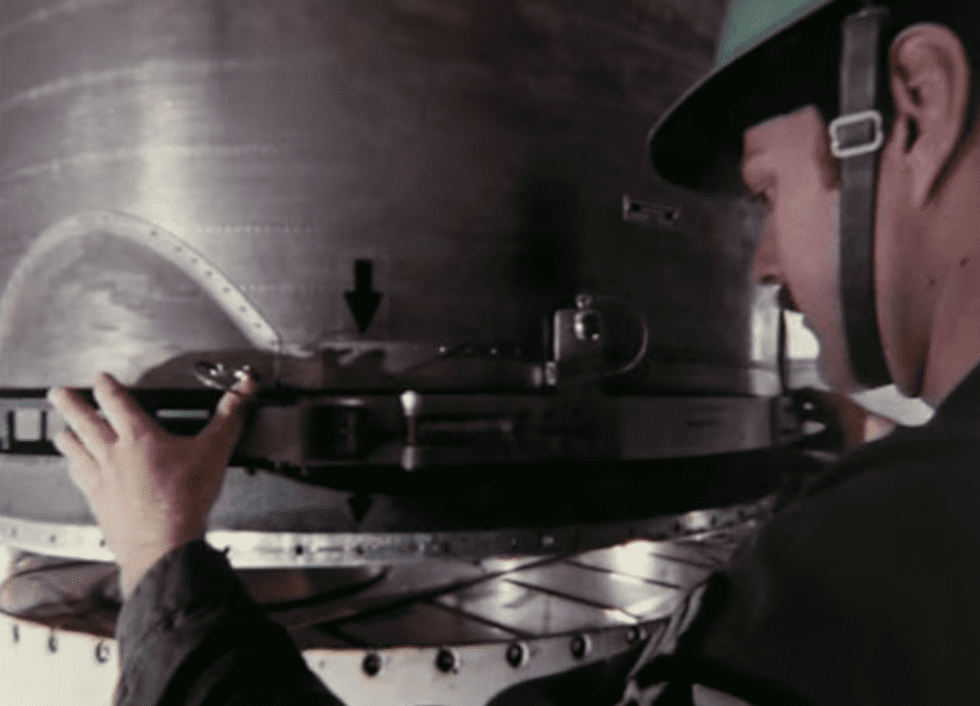

Counterforce: the prosecution of a flexible, acceptable nuclear war.
“For the first time since the beginning of the atomic age almost 30 years ago, the United States formally and quietly abandoned its policy of Ultimate Nuclear Deterrent… [and] is now prepared not merely to deter its enemies by the threat of annihilation, but to actually wage a flexible, acceptable nuclear war.”
American defence policy under Gerald Ford, successor to a disgraced president, is the subject of Mr Nixon’s Secret Legacy. John Pilger says that military thinkers in Washington are for the first time “thinking the unthinkable” and Strategic Arms Limitation Talks with the Soviet Union announced by Ford and Henry Kissinger are “no more than a sham”. Before resigning over Watergate, President Richard Nixon had given Pentagon generals a flexible strategy that would blur the distinction between conventional and nuclear warfare.
Pilger interviews two B-52 bomber pilots in North Dakota who admit the risk of “collateral damage” and visits the Underground Command Post at Strategic Air Command’s headquarters in Nebraska, from where a nuclear war would be waged. He meets two “missiliers” trained to launch the Minuteman 3 missile and revels in using black humour to paint the absurdities. “The first thing they must do is load their revolvers, which they wear in case one of them goes mad,” he says. “And, if that happens, the other man must shoot him. This is official policy.”
Black-and-white still photographs of the atomic bombing of Hiroshima and film of the victims, shown with no sound, bring into focus the reality of what a finger on the trigger could mean.
Mr Nixon’s Secret Legacy (Pilger, ATV), ITV, 16 January 1975
Producer-director: Richard Marquand (27 mins)


